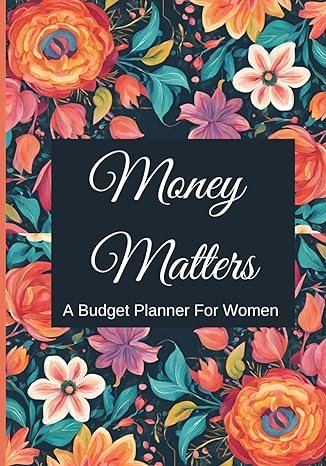Question
STATEMENT True False I dont know Points 1. When costs are divided according to their behaviour in response to changes in the level of business
| STATEMENT | True | False | I dont know | Points |
| 1. When costs are divided according to their behaviour in response to changes in the level of business activity, we distinguish between direct and fixed costs. |
|
|
|
|
| 2. Marginal cost is the change in total cost which appears if the level of production increases for one unit. In the short run marginal cost equals the change in variable cost that comes with each additional unit produced. |
|
|
|
|
| 3. A direct cost is a cost that can be individually traced to an exactly known costing object. A direct cost can be either fixed or variable. |
|
|
|
|
| 4. In the case of linear variable cost, the average variable cost is constant over a period of time. |
|
|
|
|
| 5. When we say a cost is fixed, we mean it is fixed within some relevant range. The relevant range is the range of activity within which also the assumption of linear variable cost is valid. Therefore, within the relevant range, the average variable cost is constant. |
|
|
|
|
| 6. An opportunity cost is a cost that has already been incurred and cannot be changed by any decision now or in the future. |
|
|
|
|
| 7. Average variable cost is calculated so that we divide total variable costs by the number of produced units. In the case of digressive variable cost average variable cost is decreasing. |
|
|
|
|
| 8. When fixed costs are involved, the cost of a unit of product will depend on the number of units being manufactured. As production increases, the cost per unit will fall as the fixed cost is spread over more units. |
|
|
|
|
| 9. Expenses are only the costs related to produced units. |
|
|
|
|
| 10. If the marginal cost is less than the average cost, the average cost will increase. |
|
|
|
|
3.3. One of the assumptions of economic theory is that companies sell everything they produce. Which two categories in financial statements would be equal if this assumption is true in real life?
a) Cash inflows would be equal to revenues.
b) Costs would be equal to revenues.
c) Cash outflows would be equal to expenses.
3.4. The effective income tax rate can be different from the national income tax rate. Which claims are true regarding this?
a) The effective tax rate is higher than national tax rate when some expenses are not recognized as tax-deductible and the tax basis is higher than income before tax.
b) The effective tax rate is lower than national tax rate when some expenses are not recognized as tax-deductible and the tax basis is higher than income before tax.
c) The effective tax rate is lower than national tax rate when the tax basis is higher than income before tax.
d) The effective tax rate is higher than national tax rate when the tax basis is lower than income before tax.
e) The effective tax rate is higher than national tax rate when tax-deductible items are higher than total expenses in the income statement.
d) Costs would be equal to expenses.
e) Cash outflows would be equal to costs.
Step by Step Solution
There are 3 Steps involved in it
Step: 1

Get Instant Access to Expert-Tailored Solutions
See step-by-step solutions with expert insights and AI powered tools for academic success
Step: 2

Step: 3

Ace Your Homework with AI
Get the answers you need in no time with our AI-driven, step-by-step assistance
Get Started


